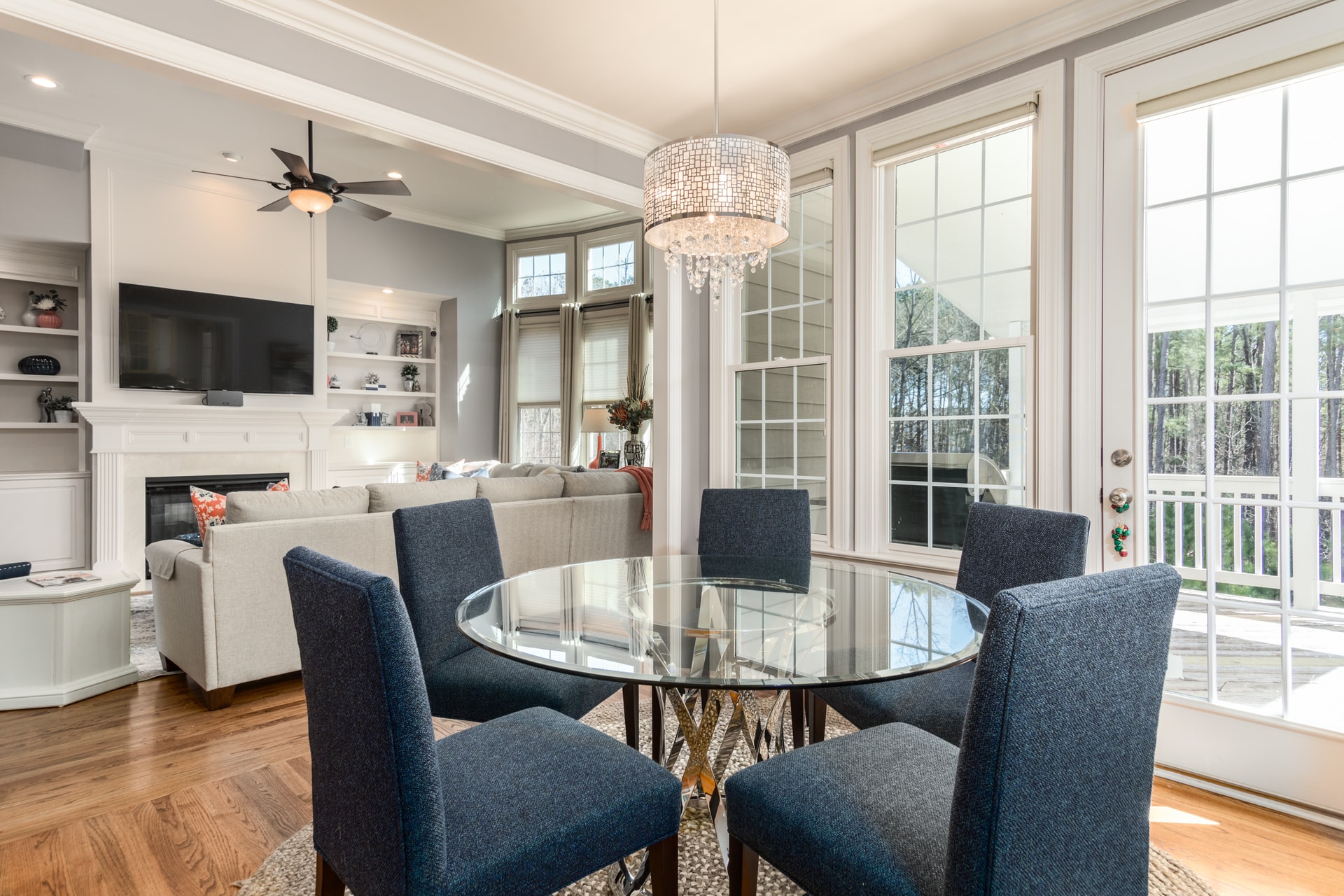Real estate in Scotland shows an increase in prices of houses and apartments
Unlike many markets, real estate in Scotland performed well during last year’s pandemic. House prices have gone up, and the rise in prices is still going on today, although not as dramatically as in 2020.
On average over the year the price of objects increased by 8.4%, and among the cities in the lead is the capital – Edinburgh. And the pandemic volatility of the global market had little effect on the local segment, and the number of transactions rose during the year by almost 32%. In 2020 the market also showed excellent results. Experts explain the excitement in the market by the desire of the Scots to increase their living space, to make it more comfortable. After the lockdown, many people keenly felt the lack of personal space and the disadvantages of prolonged stay and work in homes and apartments. They decided to change homes, especially since low interest rates and convenient mortgage terms facilitated it.
The highest demand is for detached houses, the price of which has increased by almost 10%. At the same time, the price of apartments and duplexes fell by 7.3%. The average sales price of residential property in Scotland is £162,983. The most expensive objects are in Edinburgh, here the cost of homes on average from 236 thousand pounds. The cheapest way to buy housing in Inverclyde – prices start from 108 thousand pounds sterling.

Last year changed people’s attitude to real estate and made them think about changing it. In addition, new opportunities opened up for many in the form of a remote format of work. In this regard, people began to leave the metropolitan areas, looking for cheaper housing options in small towns or rural areas. For example, in the UK, people prefer to buy property in quiet areas, away from major centers. This situation has led to an increase in supply in metropolitan areas. Last month the market in Edinburgh posted 67% more facilities than it was a year earlier. A similar trend is seen in other major UK cities. In London there is a 40% increase in supply, in Manchester a 20% increase, in Bristol and Belfast a 13% increase. However, there are centers where the demand has increased. These include Bradford, where supply decreased by 25%, Liverpool – 19%, Glasgow – 13% and others.
Experts point out that increased interest in the UK property market began last July and continues to this day. Contributed to this and the temporary abolition of stamp duty, as well as low mortgage rates.
